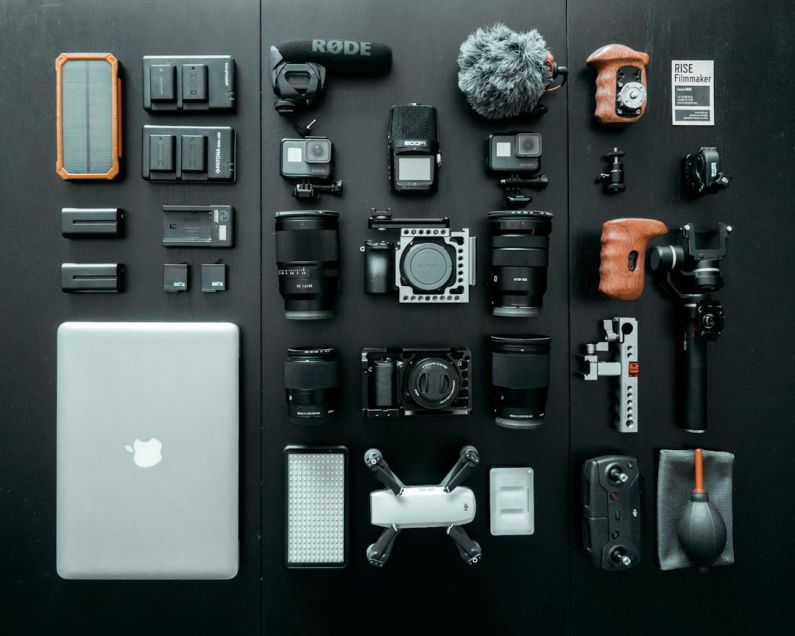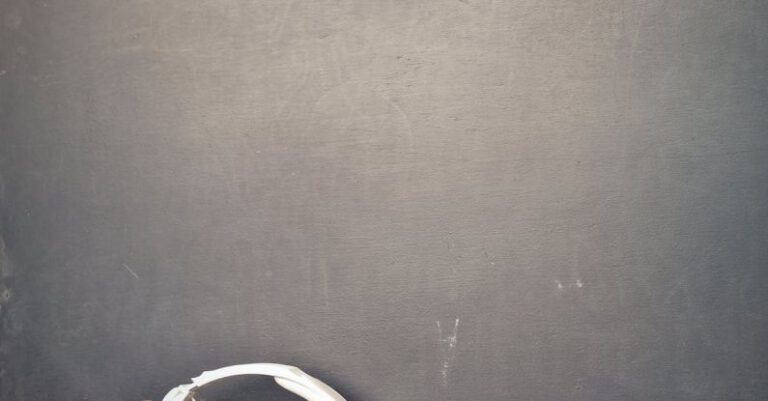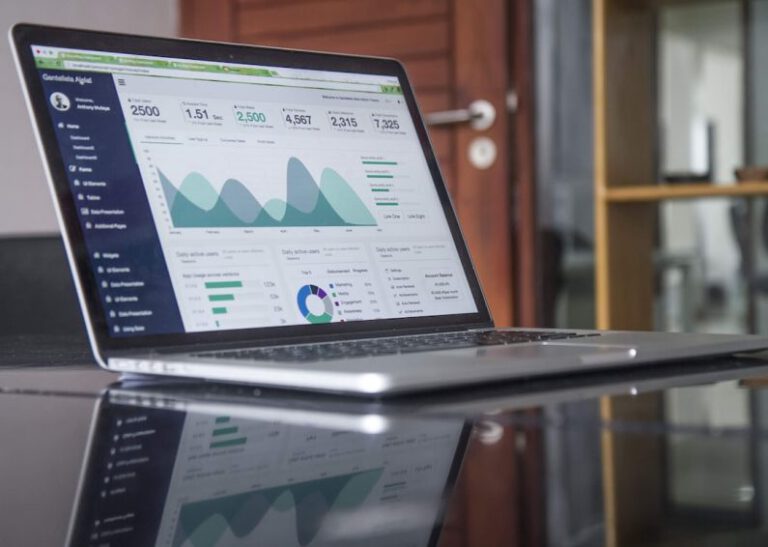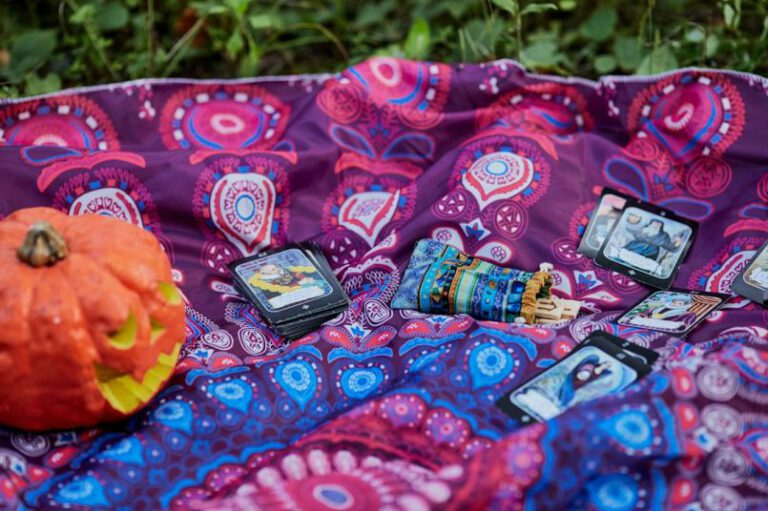How to Store Your Photography Gear Properly
Photography gear can be expensive, delicate, and easily damaged if not stored properly. Whether you are a professional photographer or an amateur enthusiast, it is crucial to know how to store your photography gear correctly to ensure its longevity and performance. In this article, we will discuss some essential tips on how to store your photography gear properly, so you can keep your equipment safe and in top condition.
Clean and Organize
Before storing your photography gear, it is crucial to clean and organize it properly. Start by removing any dust or dirt from your camera body, lenses, and accessories using a soft, lint-free cloth or a brush specifically designed for camera cleaning. Pay close attention to the lens glass, as any smudges or fingerprints can affect image quality.
Once your gear is clean, organize it in a logical and systematic way. Consider using padded dividers or foam inserts in your camera bag or storage case to keep everything in place and prevent any damage during transportation or storage. Make sure to separate your camera body from your lenses and accessories to avoid any scratches or other potential harm.
Protect from Moisture
Moisture can be detrimental to your photography gear, causing mold, corrosion, and other types of damage. To protect your equipment from moisture, store it in a dry and cool environment. Avoid places with high humidity, such as basements or attics, as these can promote the growth of mold and mildew.
Consider using moisture-absorbing products, such as silica gel packets or dehumidifiers, in your storage area to maintain low humidity levels. These products are readily available and can help prevent any moisture-related issues that may arise during storage.
Use Proper Cases and Bags
Investing in high-quality cases and bags is essential for storing your photography gear safely. Look for cases and bags that are specifically designed for camera equipment, as they provide better protection and organization than generic bags or backpacks. These specialized cases often feature padded compartments, adjustable dividers, and sturdy exteriors to safeguard your gear from impacts and other potential hazards.
Additionally, it is crucial to use a bag or case that is the right size for your equipment. A bag that is too small may squeeze your gear, risking damage, while a bag that is too big can allow items to move around, leading to potential collisions. Choose a bag or case that fits your gear snugly but still allows for easy access and retrieval.
Store in a Dust-Free Environment
Dust can be a nuisance when it comes to photography gear, as it can settle on lenses, sensors, and other sensitive components. To minimize the accumulation of dust, store your equipment in a clean and dust-free environment. Avoid storing your gear in areas prone to dust, such as workshops or garages.
Consider using dust covers or camera body caps to protect your camera body and lenses when they are not in use. These simple accessories can help prevent dust particles from settling on your gear and potentially causing damage.
Conclusion
Properly storing your photography gear is crucial for its longevity and performance. By following these tips, you can ensure that your equipment remains safe and in top condition, ready for your next photography adventure. Remember to clean and organize your gear, protect it from moisture, use proper cases and bags, and store it in a dust-free environment. With the right storage techniques, you can enjoy your photography gear for years to come.






